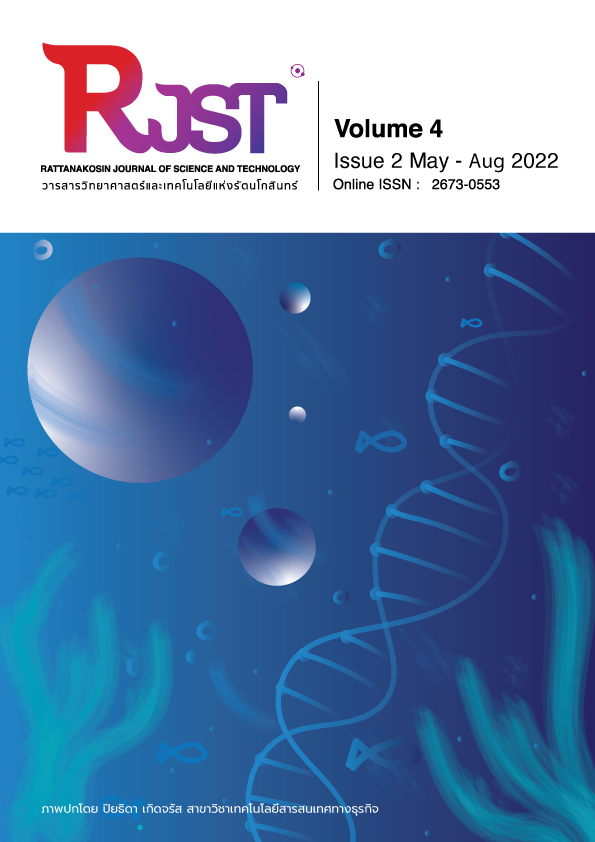Modelling of infant mortality rate in Nigeria using autoregressive moving average and neural network autoregression
Main Article Content
Abstract
In the last three decades, the infant mortality rate in Nigeria has been improving but with Nigeria set to miss the Sustainable Development Goal (SDG) target on infant mortality, more need to be done. The study made use of data on infant mortality obtained from the World Bank in determining the infant mortality rate in Nigeria. The trend of infant mortality is identified and models were developed to accurately predict the mortality rate in Nigeria. The time series models; Autoregressive Integrated Moving Average (ARIMA), and Neural Network Autoregression (NNAR); are tested and compared. Model evaluation was done using the five (5) criteria of the Mean Squared Error (MSE), the Root Mean Squared Error (RMSE), the Mean Percentage Error (MPE), the Mean Absolute Error (MAE), and the Mean Absolute Percentage Error (MAPE). Though both models produced similar trends and were found to be suitable for prediction, the NNAR was found to be better than the ARIMA model on all five criteria. Analysis indicates a downward trend in the infant mortality rate in Nigeria and the NNAR model predicts a 12% reduction in the infant mortality rate over the next 10 years.
Article Details

This work is licensed under a Creative Commons Attribution-NonCommercial-NoDerivatives 4.0 International License.
The content within the published articles, including images and tables, is copyrighted by Rajamangala University of Technology Rattanakosin. Any use of the article's content, text, ideas, images, or tables for commercial purposes in various formats requires permission from the journal's editorial board.
Rajamangala University of Technology Rattanakosin permits the use and dissemination of article files under the condition that proper attribution to the journal is provided and the content is not used for commercial purposes.
The opinions and views expressed in the articles are solely those of the respective authors and are not associated with Rajamangala University of Technology Rattanakosin or other faculty members in the university. The authors bear full responsibility for the content of their articles, including any errors, and are responsible for the content and editorial review. The editorial board is not responsible for the content or views expressed in the articles.
References
Bartholomew, D. J., Box, G. E. P., & Jenkins, G. M. (1971), Time Series Analysis Forecasting and Control, Operational Research Quarterly (1970-1977), Vol. 22, No. 2, pp199. https://doi.org/10.2307/3008255
Davidson, J. (2000), Econometric Theory, Hoboken, Wiley Blackwell.
Goodwin, P., and Lawton, R. (1999), On the asymmetry of the symmetric MAPE,
International Journal of Forecasting, Vol. 15 No. 4, pp405-408. https://doi.org/10.1016/
S0169-2070(99)00007-2
Gorr, W. L. (1994), Editorial: Research perspective on neural network forecasting,
International Journal of Forecasting, Vol. 10 No. 1, 1–4.
https://doi.org/10.1016/01692070(94)90044-2
Hyndman, R. J. and Athanasopoulos, G. (2018), Forecasting: principles and practice.
OTexts: Melbourne. OTexts.com/fpp2
Kim, S., and Kim, H. (2016), A new metric of absolute percentage error for intermittent
demand forecasts, International Journal of Forecasting, Vol. 32 No. 3, pp669-679. https://doi.org/10.1016/j.ijforecast.2015.12.003
Maleki, A., Nasseri, S., Aminabad, M. S., & Hadi, M. (2018), Comparison of ARIMA and NNAR model for forecasting water treatment plants influent characteristics, KSCE Journal of Civil Engineering, Vol. 22, pp3233-3245.
NDHS. (2018), Nigeria Demographic and Health Survey, http://dhsprogram.com/pubs/pdf/FR359/FR359.pdf
Ogunjimi L. O. (2012), Curbing maternal and child mortality: The Nigerian Experience.
International Journal of Nursing and Midwifery, 4(3). https://doi.org/10.5897/ijnm11.030
Perone, G. (2021), Comparison of ARIMA, ETS, NNAR, TBATS, and hybrid models to
forecast the second wave of COVID-19 hospitalizations in Italy, The European Journal of Health Economics. doi:10.1007/s10198-021-01347-4
UNFPA. (2007), State of world population, https://www.unfpa.org/sites/default/files/pub
pdf/695_filename_sowp2007_eng.pdf
UN IGME (2020), Levels and trends in child mortality 2020, Www.unicef.org.
https://www.unicef.org/reports/levels-and-trends-child-mortality-report-2020
World Health Organization (2018), World health statistics 2018: monitoring health for
the SDGs, sustainable development goals. World Health Organization, Cop.
WHO. (2015), December. Health in 2015: From MDGs to SDGs.https://www.who.int/
data/gho/publications/mdgs-sdgs


